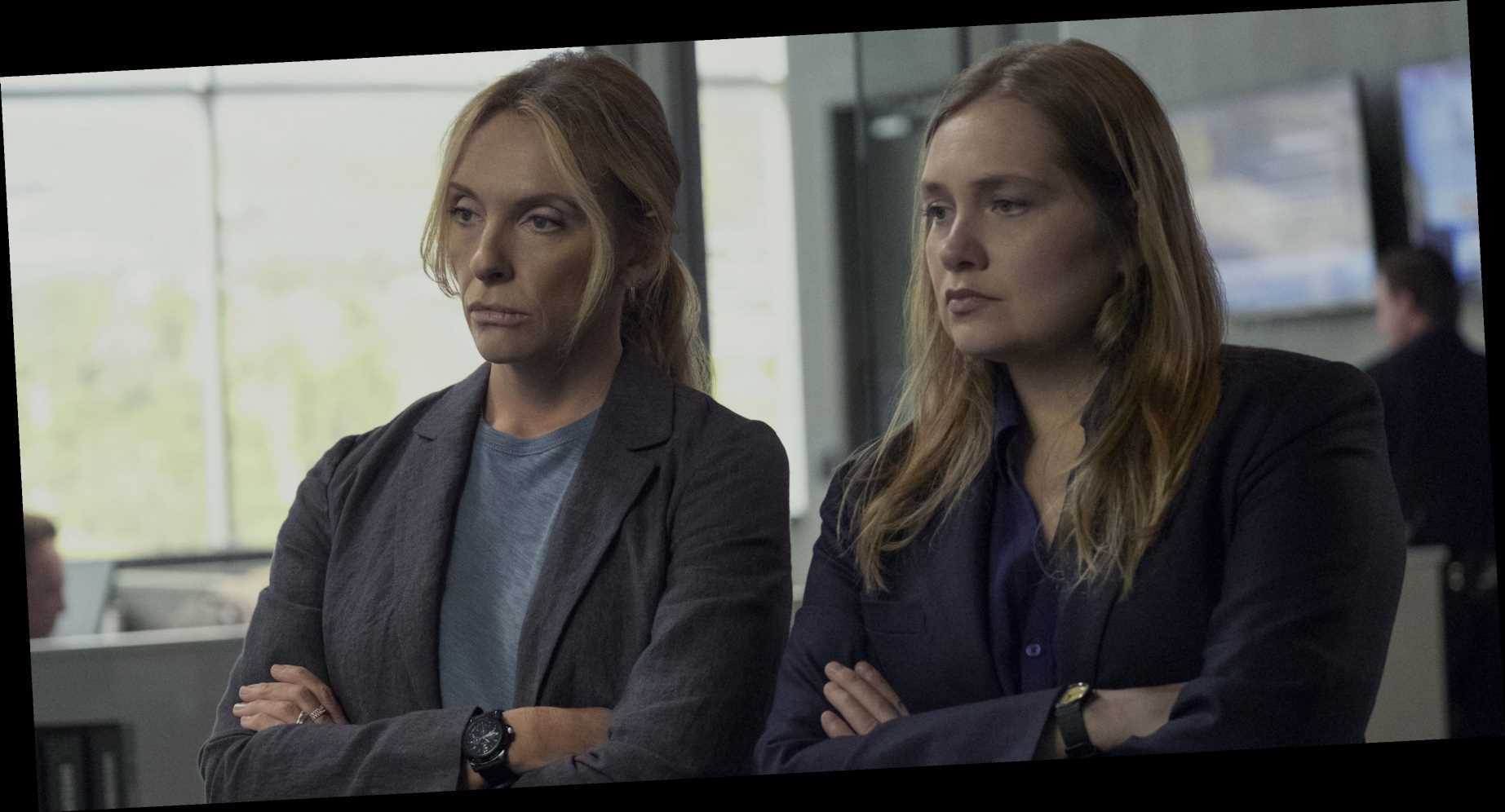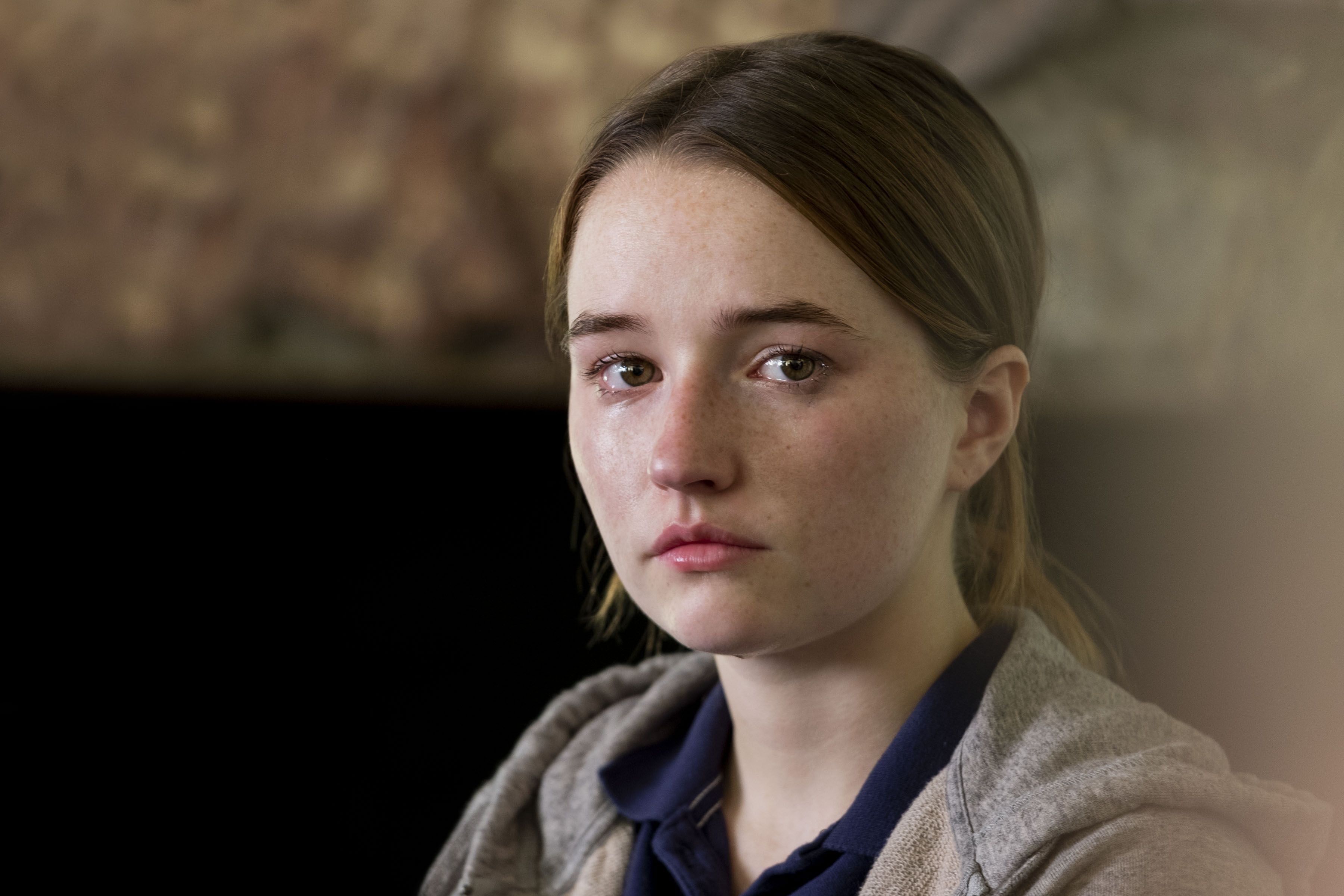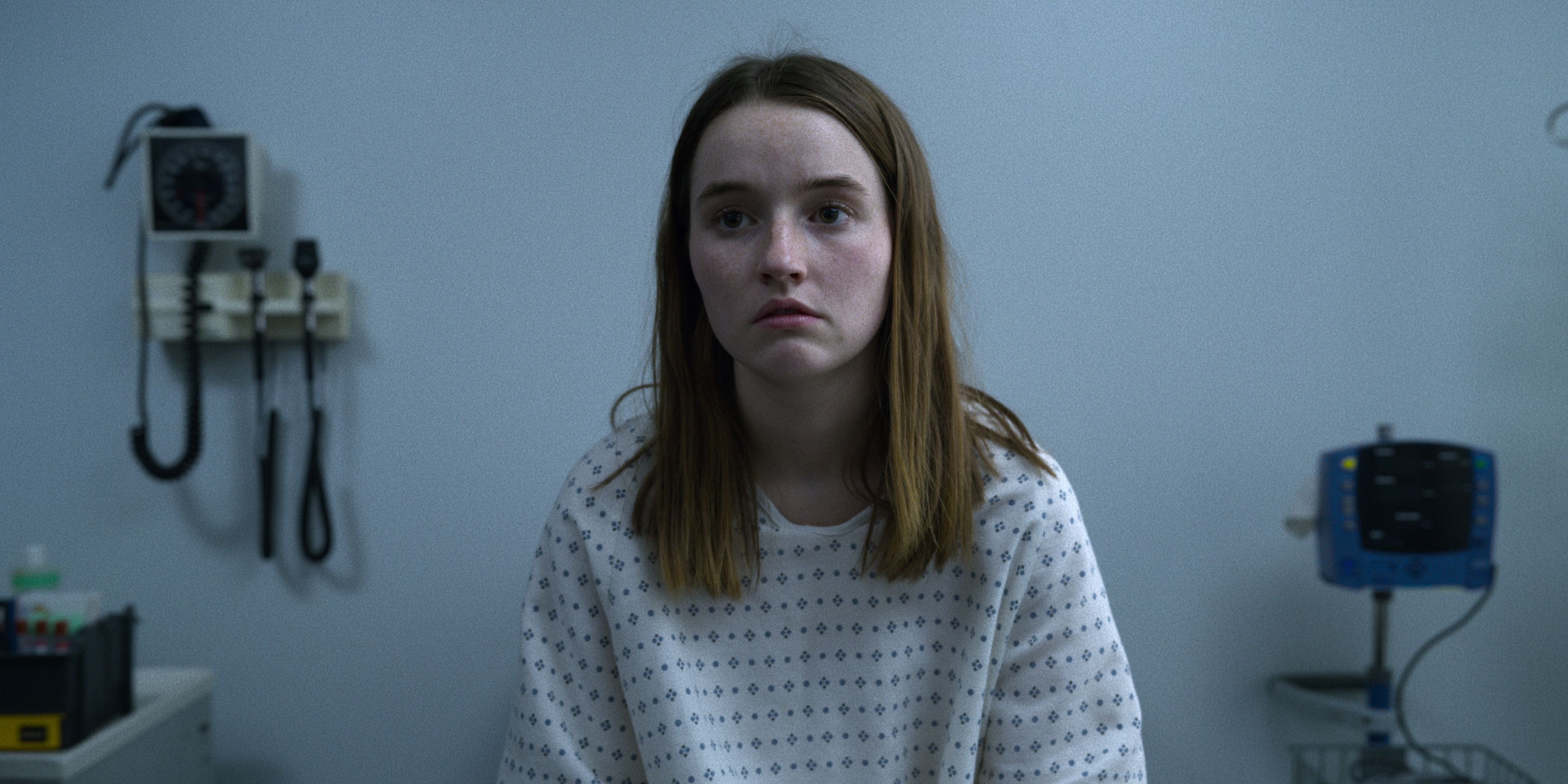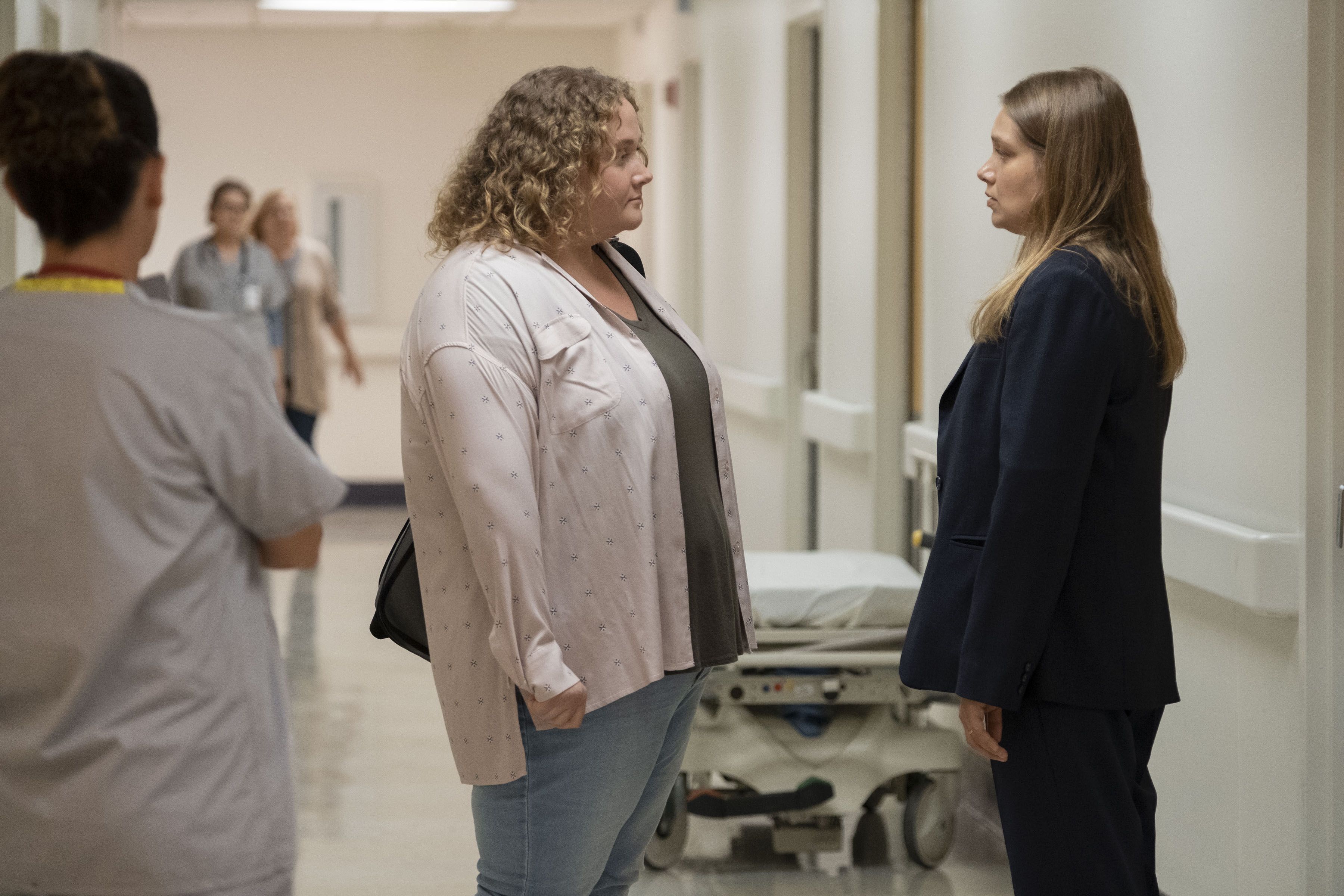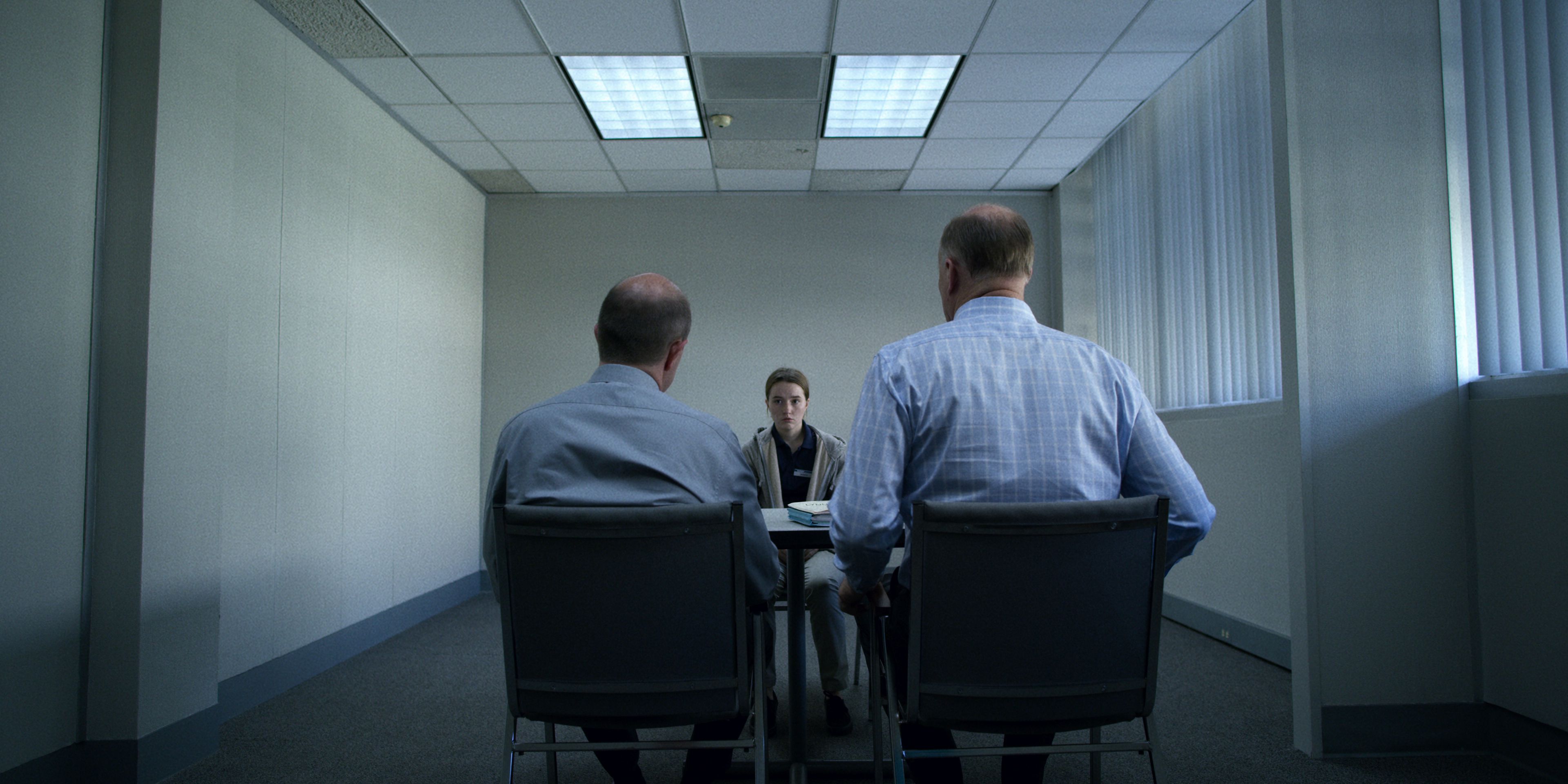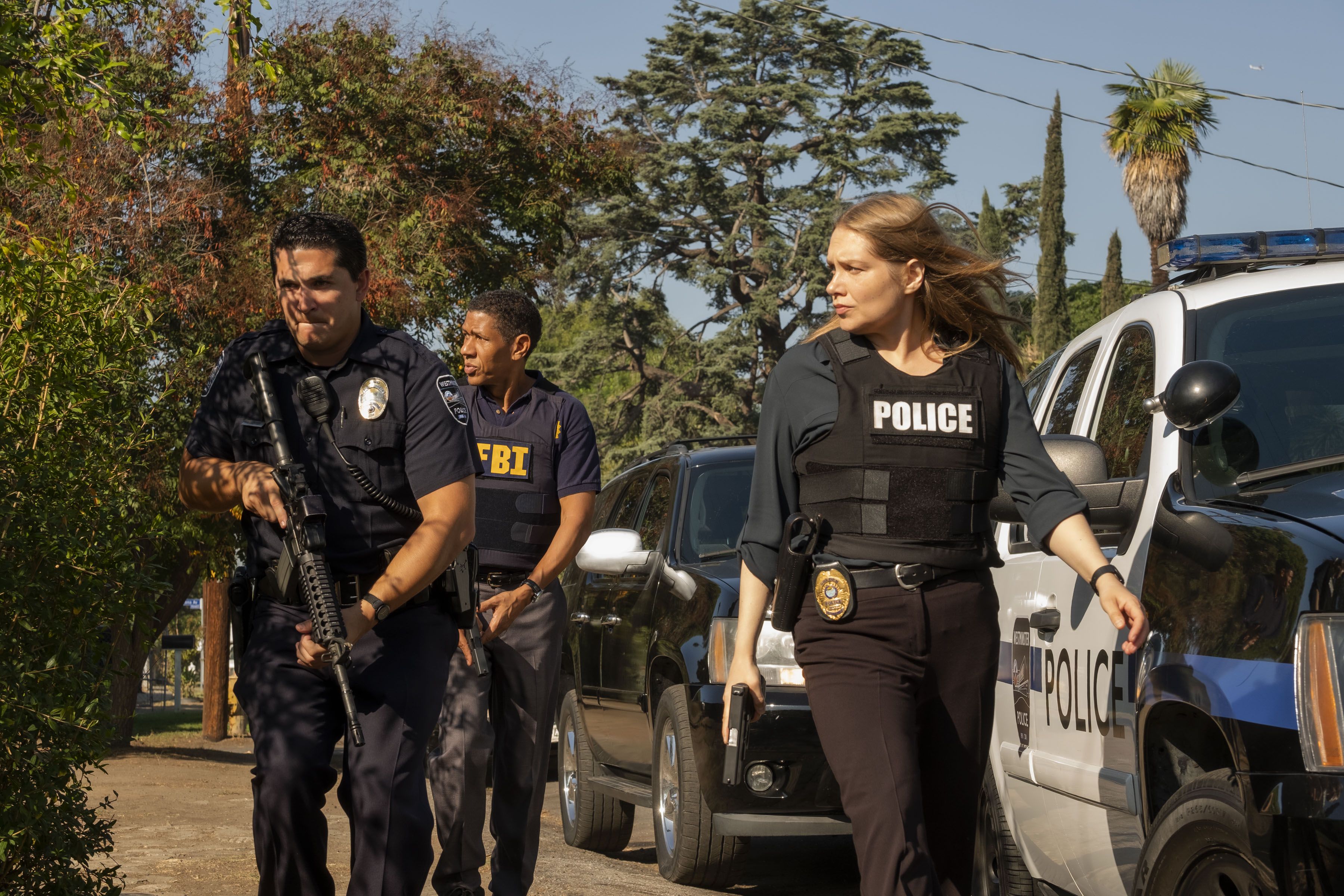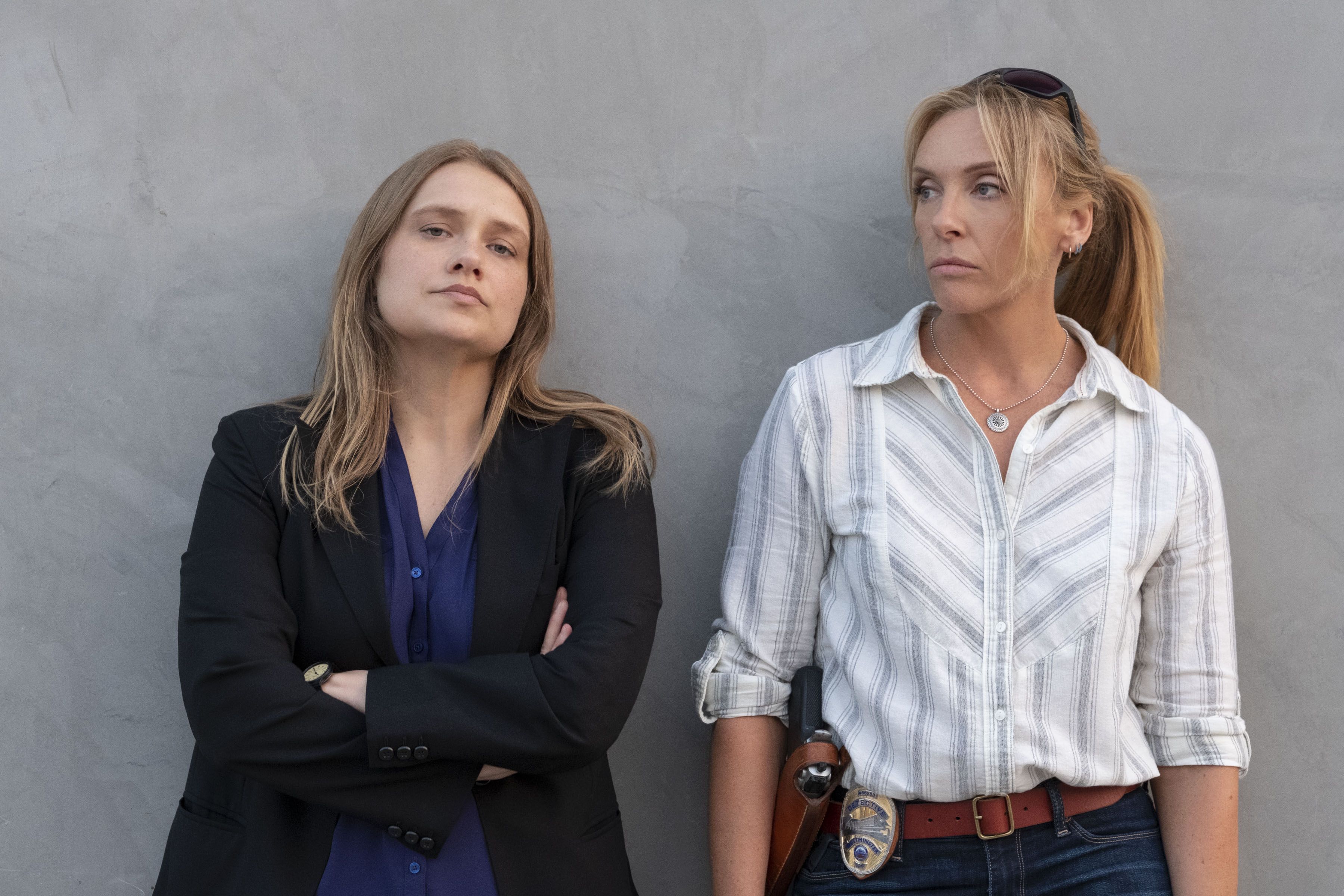When rape and sexual violence are portrayed on television, there’s a tendency toward what I’ll call “The SVU Effect.”
That is, that a sexual assault—which is among one of the most difficult crimes to prosecute—can be reported, investigated, and tried within the context of a 60-minute episode of television, just like it is on Law & Order: Special Victims Unit.
My best friend and I have watched a sickening number of the show’s episodes, all consumed marathon-style on the USA Network. It led me to expect this dependable arc both on the screen and in real life. Should I or someone I know become the victim of a “sexually based offense considered especially heinous,” the “perp” would be put behind bars by swift detective work a la New York Police’s Olivia Benson and Elliot Stabler. Or, so I thought.
Netflix’s Unbelievable shatters these illusions. In all of the ways SVU is clear-cut, tidy, and dependable, Unbelievable is murky, complicated, and unpredictable. It brings the harshest parts of reporting rape to the forefront by sticking, largely, to the facts of the case, Golden Police Detective Stacy Galbraith, one of the lead detectives in the serial rape case that inspired the show, tells Women’s Health in an exclusive interview.
The show is as much an education in the process of reporting a sexual assault as it is a compelling storyline, with twists and turns that seem too insane to be true.
But they are.
An unbelievable story of rape begins.
The eight-episode Netflix true-crime show, released September 13, loosely follows the Pulitzer Prize–winning investigative report by the Marshall Project and ProPublica. This details the case of serial rapist Marc O’Leary, who raped women in different states and jurisdictions, from at least 2009 until his arrest by Galbraith in 2011.
Take an inside look at Netflix’s Unbelievable with the cast:
“The investigation is well-represented,” Galbraith, who is the inspiration for Detective Karen Duvall (played by Merritt Wever) in the series, says. “The chronology is slightly different, and they added some dramatic flair, but as far as the victims, and the investigation, they did a great job. It’s a good portrayal of us.”
O’Leary had an M.O.—he would surveil his victims, break in late at night, tie the women up, take photos, and rape them for hours. After he was done, he cleaned fastidiously and ordered his victims to shower for 20 minutes. In some cases, he set a timer.
“He was relying on—beyond removal of evidence—he just knew that law enforcement agencies wouldn’t communicate to the degree they would need to communicate,” explains Galbraith.
She adds, speaking to O’Leary: “You were wrong.”
Marie’s lapse in memory is heartbreaking, yet frustratingly common.
Unbelievable and the true story that inspired it begin in the same spot: with Marie, an 18-year-old girl living by herself for the first time in Washington after spending her childhood moving around the foster-care system.
Marie, who is identified by only her middle name in the report, falls asleep while talking to her boyfriend on the phone. She wakes to find a masked man standing over her. He ties her up with shoelaces and rapes her for hours. He then uses a digital camera to take photos of her naked body.
Marie immediately calls her foster mother and the police. In the show, Marie’s attack is portrayed in snippets and flashbacks as she goes through several rounds of interviews with police. This is common among victims of sexual violence and other trauma, says Diana Mancera, the director of membership and programs at Jane Doe, Inc., a Massachusetts nonprofit working to end sexual assault and domestic violence.
“We see the police start asking questions about what happened throughout the first episode. She is questioned multiple times, which is exactly what happens to many victims,” Mancera says. Marie’s recollection is not perfect. This is an example of the body’s neurobiological reaction to assault that is so infrequently shown on television, explains Mancera, citing the work of Rebecca Campbell, PhD, who studies the brain’s reaction to sexual assault.
In her research, Campbell tries to figure out why victims’ stories can be inconsistent, often causing law enforcement to doubt them. Just 5 percent of reported rapes are false claims, according to a 2017 survey by the FBI. In fact, most rapes go unreported, the according to the U.S. Department of Justice. Still, it is common for law enforcement to become confused by a victim’s shifting details throughout an investigation.
This is the case with Marie in Unbelievable and in real life. Questioning by police becomes so stressful that she recants her story and is charged with making a false report.
“The trauma the person has experienced causes a chemical response that will not allow the brain to remember the details,” Mancera says. “The brain shuts down when the assault is happening.”
On-screen, Marie sits in a white hospital room while a nurse completes a Sexual Assault Evidence Kit, or what is often referred to as a rape kit. This exam, most effective within 96 hours of an assault, involves the collection of evidence from a victim’s body. It can takefour to eight hours and is invasive—and often retraumatizing—to victims, Mancera says. It includes swabbing and taking evidence from any areas of possible penetration.
“I used to work at a rape-crisis center and meet survivors at the hospital,” Mancera says.”[The show] depicts how brutal it was to go through the forensic exam known as the rape kit.”
In Unbelievable, the nurse tells Marie “she’s almost done” and seems awkward or ill-prepared, according to Mancera. This is (hopefully) not how it happens in the real world. “In reality, nurses explain the process to the person. At any point during the rape kit, they have the right to deny one or multiple parts of the process,” Mancera notes.
On January 5, 2011, Detective Galbraith gets a call about a sexual assault.
This plays out in great detail on Unbelievable with Amber Stevenson (played by Danielle Macdonald) and Galbraith’s fictional counterpart, Detective Duvall. The women sit in Duvall’s SUV while Amber details her assault, which by now is familiar to viewers.
This scene displays Duvall using trauma-informed investigation techniques. She keeps Amber in control, explaining each part of the investigation in detail before the women move from the car to the crime scene and to the hospital for a rape kit. (One of the key differences between the TV show and the real story is that, in the show, Marie’s storyline plays out at the same time as the attacks on the other women. In real life, Marie was raped years earlier.)
For all of the ways Marie was treated with skepticism, Amber is taken seriously and approached gently. A victim advocate holds her hand during the exam, the nurses at the hospital ask her permission before letting police into the room, and Galbraith gives her a ride to her friend’s house when it’s over.
When Amber arrives, her friend envelops her in a hug. The audience can see a couch made into a makeshift bed. “I’m cooking dinner…there’s a bath waiting for you,” she tells Amber. “I have tea and wine because I wasn’t sure what you want.”
Before they leave each other, Detective Duvall tells Amber: “The level of detail you gave me gives a lot to work with.” She says she’ll be in touch.
This is a tenant of Galbraith’s skills as an investigator. In a world where “believe victims” is a political catchphrase, she uses “listen to victims” as a mantra.
“There is a huge push to believe your victim and it is not as simple as that,” Galbraith explains. “I can’t believe every single thing. I can listen to the information, take down the information, and then corroborate or refute it.”
She adds: “Let’s say someone is accused of something. You treat that person the same way. You get the information and then apply your tools to the information. Your gut talks to you, but your brain has to be louder than your gut and your heart.”
Galbraith’s husband tells her his department has a similar case.
After returning home from a grueling day of police work, Galbraith told her husband, who worked as a police officer in Westminster, Colorado, about her case. He said his station was working on a strikingly similar case. Initially, she blew him off.
“I said ‘Whatever.’ That was my initial reaction,” Galbraith recalls. “And he said, ‘No I’m serious.’”
The next morning, Galbraith went into work and called the detective on the Westminster case: Edna Hendershot.
“When I read the report, the information matched my case,” Galbraith says. “It seemed like…we were looking for the same person.”
This is when things pick up both in Unbelievable and the real case.
Once Galbraith and Hendershot (who inspired the character Grace Rasmussen, played by Toni Collette) connect, the story starts moving quickly. More than a dozen officers from the FBI, the Colorado Bureau of Investigation, and local departments form a task force in the Westminster police station.
“It took us…six weeks, I believe. It was pretty rough emotionally, of course. We were thinking here’s a serial perp gearing up for his next attack,” Galbraith says. “When’s it going to be, who is it going to be, where is it going to be. It’s pretty nerve-wracking not knowing who it was.”
The regular police work—swabbing bedrooms for evidence, tracking down vehicles seen in the area—plays out dramatically in the show, full of end-of-episode cliffhangers. It happened that way in real life, too.
After several weeks, the intense investigation leads to a license plate and a suspect.
O’Leary came into focus after surveillance stills showed him driving his 1993 Mazda pickup near the homes of two of the victims. His broken passenger-side mirror and a smudge on his bumper tipped the police off. Now, if Galbraith could just take a look at his calf where one of his victims noticed a large, egg-shaped birthmark…
When the police came to arrest O’Leary, Galbraith was on the front lines. “He came to the door, and it was glass. I could see his face, and he could see my gun,” Galbraith says. “All the blood drained out of his face. He knew his time had come. I could feel in his presence that we were right.”
She lifted a pant leg and saw the birthmark and quickly flashed a thumbs-up to law enforcement waiting for her. She had their guy. O’Leary pleaded guilty to 28 counts of rape and other crimes in Colorado. He was sentenced to 327½ years in prison. He will never get out.
Marie is vindicated.
After finding O’Leary, Galbraith found a photo of one of his victims on a camera he had used during the attacks. One showed the teenager Marie Adler tied up with her driver’s permit resting on her chest. She wasn’t lying, Galbraith revealed; she was just reacting differently to her trauma.
“We each individually store information created during traumatic events differently,” she says. “Whenever we’re asked questions, recalling that information doesn’t always come out as clearly as an investigator wants it to.”
To Galbraith, this is “common sense.” It’s human nature to try to please the person who is trying to help you.
“Our brains are amazing,” she continues. “We shouldn’t put an investigation away or make a decision prematurely because something didn’t add up, or the person is not acting how we think we would act, or how we think a victim would act.”
Since Unbelievable was released, Galbraith has heard from most of O’Leary’s victims, including Marie.
“She’s a strong person,” Galbraith says. “She was satisfied with the show. It was very hard for her to watch, but she thought it was done well.”
Galbraith’s one concern about the show is that it did not connect viewers with the National Sexual Assault Hotline. This can be an invaluable resource for people who may be triggered by the show, she says.
If you or a loved one has experienced sexual violence, call 1-800-656-4673 for assistance.
Source: Read Full Article
